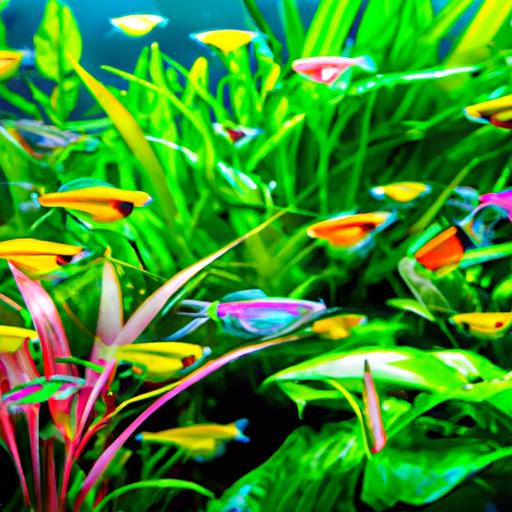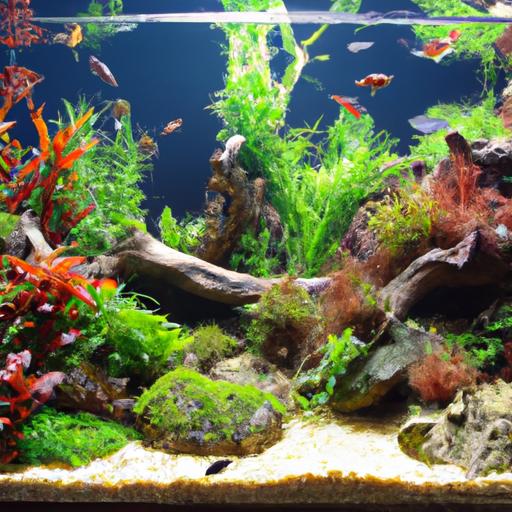
Understanding the Importance of Aeration
Discover the significance of aeration in wastewater treatment, lawn care, and aquariums. Learn why understanding the importance of aeration is crucial.
Introduction
When it comes to maintaining optimal performance and functionality in various settings, understanding the importance of aeration is crucial. Whether it’s in wastewater treatment, lawn care, or even aquariums, aeration plays a significant role in creating a healthy and thriving environment. In this article, we will explore the benefits of aeration and answer frequently asked questions to shed light on this essential process.

Benefits of Aeration
Aeration offers a multitude of benefits in different fields, providing a range of advantages that contribute to overall well-being and effectiveness.
1. Improved Water Quality
Water is the essence of life, and aeration helps enhance its quality in various ways. By introducing oxygen into water bodies, aeration promotes the breakdown of organic matter and reduces harmful substances. This process is especially crucial in wastewater treatment plants, where aeration aids in the removal of pollutants and improves the overall quality of treated water. Additionally, in ponds and lakes, aeration prevents the formation of harmful algal blooms, ensuring a healthier ecosystem.
2. Enhanced Oxygen Levels
Just as we need oxygen to breathe, aquatic organisms also require sufficient oxygen levels to survive. Aeration helps maintain adequate oxygen saturation in water, supporting the well-being of fish, plants, and other aquatic life. In aquariums, aeration ensures that fish receive the necessary oxygen, reducing stress levels and promoting their overall health. Similarly, in ponds and lakes, aeration prevents oxygen depletion during hot summer months or in stagnant water conditions, preventing fish kills and maintaining a balanced ecosystem.
3. Promotion of Healthy Ecosystems
Aeration is a vital tool for nurturing and sustaining healthy ecosystems. By increasing oxygen levels, aeration encourages the growth of beneficial bacteria, which aid in the decomposition of organic matter. This process helps maintain a balanced ecosystem by reducing the accumulation of harmful substances and supporting the growth of aquatic plants and organisms. Aeration also enhances nutrient cycling, which contributes to the overall health and vitality of the ecosystem.
Frequently Asked Questions (FAQs)
As a topic of interest, aeration often raises several common questions. Let’s address some of these frequently asked questions to provide a comprehensive understanding.
1. What is aeration and how does it work?
Aeration is the process of introducing air or oxygen into a substance, such as water or soil. In water bodies, aeration is typically achieved through the use of aeration systems or devices, such as diffusers or aerators. These systems release air or oxygen into the water, promoting the exchange of gases and improving oxygen levels. In soil, aeration can be achieved through methods like core aeration, which involves removing small plugs of soil to allow for better air circulation.
2. Why is aeration important for fish tanks?
Aeration is crucial for fish tanks as it helps maintain adequate oxygen levels for fish survival. Fish rely on dissolved oxygen in the water to breathe, and without proper aeration, oxygen levels can become depleted, leading to stress and even death. Aeration also aids in the removal of carbon dioxide and other waste gases, ensuring a healthier and more stable environment for fish.
3. How does aeration impact the growth of plants?
Aeration plays a vital role in supporting plant growth, particularly in aquatic environments. By increasing oxygen levels in the water, aeration promotes the growth of beneficial bacteria and microorganisms that break down organic matter and release essential nutrients. These nutrients, coupled with the improved oxygen availability, enhance plant growth and vigor. In soil, aeration improves root respiration and nutrient uptake, leading to healthier and more robust plants.
4. Can aeration help in reducing foul odors in water?
Yes, aeration can effectively reduce foul odors in water. Foul odors often result from the presence of anaerobic bacteria that thrive in low-oxygen environments. By introducing oxygen through aeration, aerobic bacteria can outcompete the anaerobic bacteria, reducing the production of foul-smelling compounds. Aeration also enhances the breakdown of organic matter, further eliminating the sources of unpleasant odors.
5. What are the different types of aeration systems available?
There are various types of aeration systems available, each suited for specific applications. Some common types include diffused aeration systems, which release air through diffusers placed at the bottom of water bodies, and surface aerators, which agitate the water surface to promote oxygen transfer. Other systems include fountain aerators, submersible aerators, and mechanical aerators, each offering specific advantages depending on the intended purpose and environmental conditions.
Conclusion
In conclusion, understanding the importance of aeration is essential for maintaining optimal performance and functionality in various settings. By improving water quality, enhancing oxygen levels, and promoting healthy ecosystems, aeration contributes significantly to the well-being of aquatic environments, whether it’s in wastewater treatment plants, fish tanks, or natural bodies of water. As you prioritize aeration in your applications, remember the multitude of benefits it brings and the positive impact it has on the overall health and vitality of water-based ecosystems.
So, let’s embrace the power of aeration and create an environment where life flourishes, one bubble of oxygen at a time.

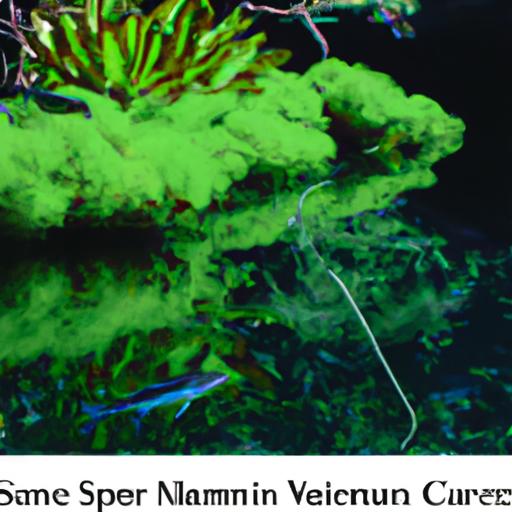
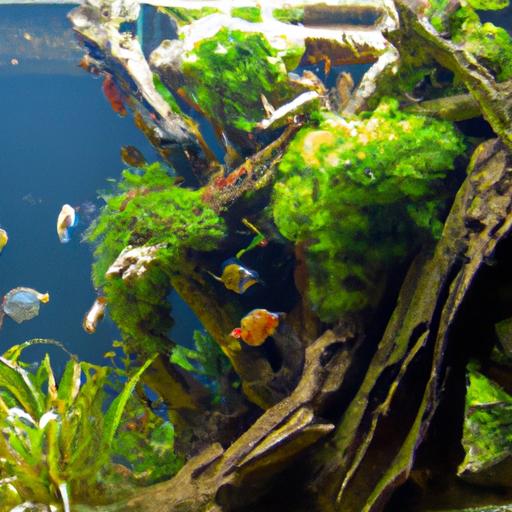
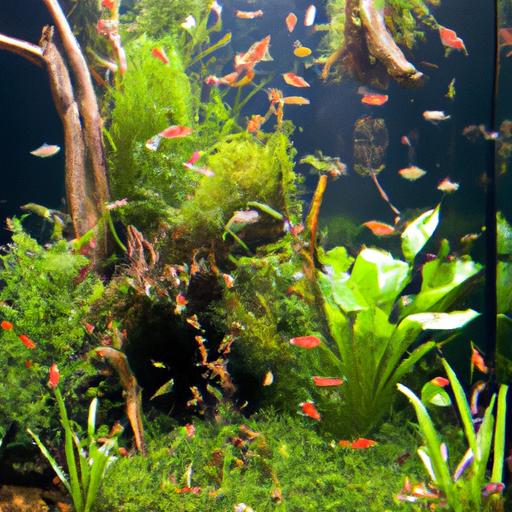
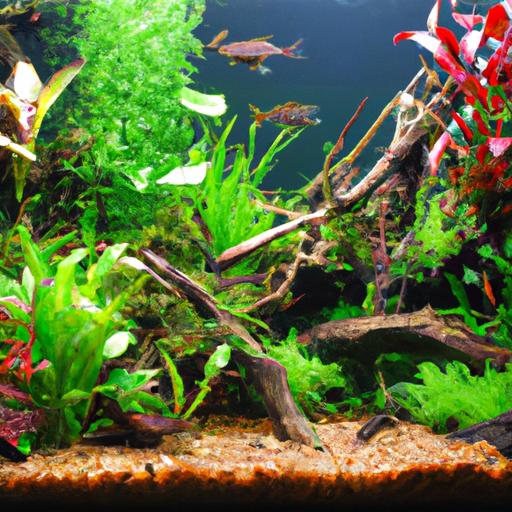
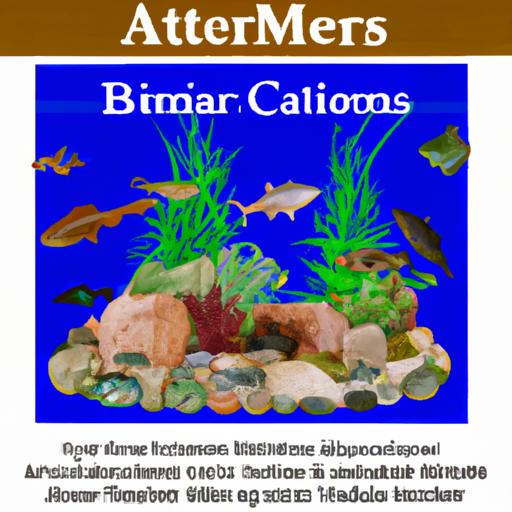
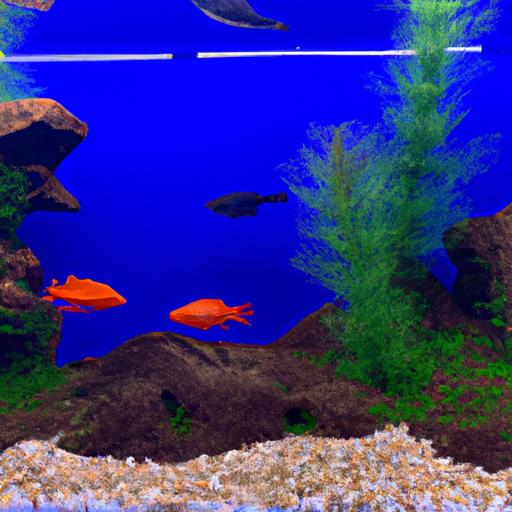


















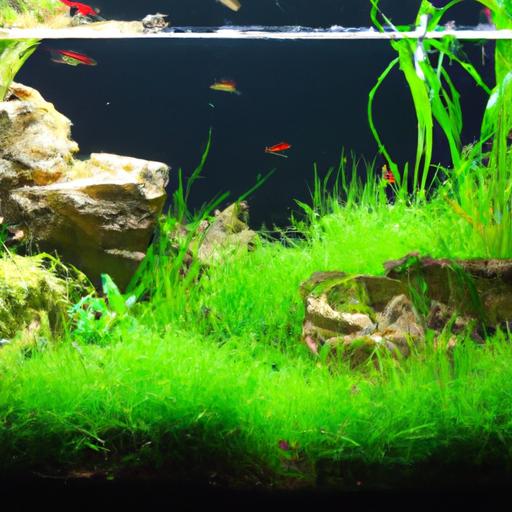
.jpg)
